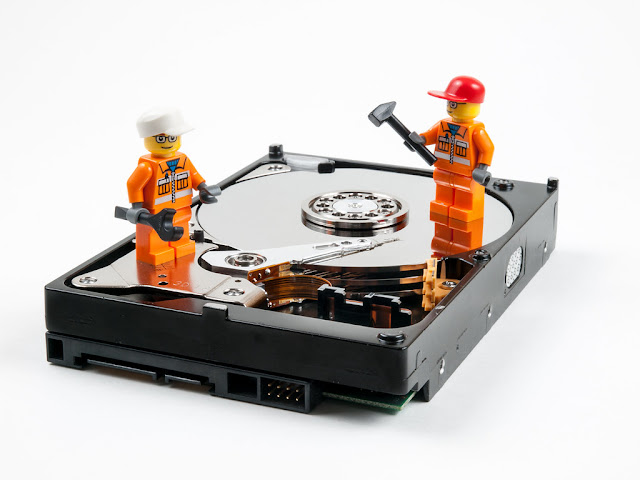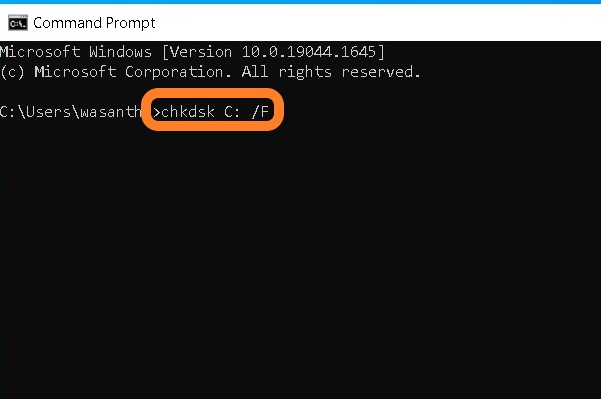How To Fix Hard Drive Corruption

One of the major problems that Windows users run into is
hard disk corruption. There are several potential causes for the become hard drive corruption.
What Causes Hard Drive Corruption
Hard disk corruption can occur for a number of causes.
- File System errors
- Read/Write issues
- Software bugs
- Virus attack
- Damaged MBR on the disk
- Bad sectors on the hard drive
- Poor operating conditions
- Power supply and connection
- Physical damage
How to fix a corrupted hard drive
Fix errors by scanning your hard drive for antivirus
Press Windows + I > System Settings > Update & Security .
Now, click Windows Security > Virus & threat protection on the right panel.
The apparatus will be scanned. You can see any viruses that were found in the scan results.
To fix hard
drive issues, adhere to the on-screen directions. Once your system has
restarted, check to see if you can access the hard drive.
Fix your hard drive by checking for errors
Open 'This PC'
Select Hard Drive and right click
Choose Properties
Select Tools > Check
How to fix a corrupted hard drive using cmd
(Check for
Bad Sectors and File System Errors)
To start the
corrupted hard disk repair process, open Command Prompt in Admin mode
Press the
Windows Start button at the bottom left.
Type in
"Command Prompt".
Click "Run as administrator".
Click Yes if the Windows 10 User Account Control prompt is displayed.
begin the error checking and repairing process for your internal or external drive, type the following command:
chkdsk C: /F
where C is
the drive letter.
You can add more options to the command to make the scan process more rigorous.
chkdsk C: /F
/X /R
where
/X If
required, it forces the volume to dismount before the scan.
/R Locates
bad sectors and recovers readable data.
Press Enter.
Press Y if the system asks you for a restart (in the case of an internal drive).
Wait until
the Check Disk program fixes any issues on your hard drive.
How to fix a corrupted hard drive using an SFC scan
Windows SFC
(System File Checker) utility checks for missing or corrupt system files and
fixes them. Additionally, it examines the protected system files for integrity
and replaces those that are damaged with their right counterparts.
Follow the
steps below to run the SFC scan
Press the
Windows Start button at the bottom left.
Type in
"Command Prompt".
Click "Run as administrator".
Click Yes if the Windows 10 User Account Control prompt is displayed.
In the
command prompt window, type SFC /scannow and press Enter.
The scanning process will initiate.
Wait until
the process is complete and then reboot your system.
Finally,
check if the hard disk is accessible and free from errors.
















No comments